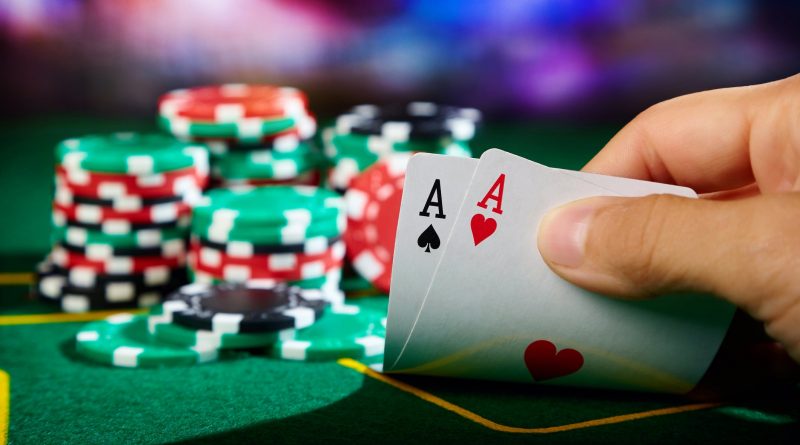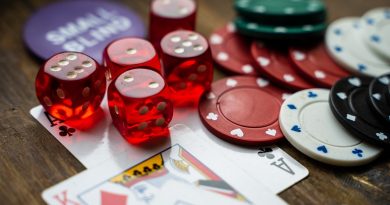Poker Strategy Guide
Introduction to Poker Strategy
Poker is not just a game of luck; it’s a game of skill that involves strategic thinking, psychological insight, and mathematical calculations. Whether you’re playing Texas Hold’em, Omaha, or Seven-Card Stud, the principles of poker strategy remain consistent. In this guide, we will explore fundamental and advanced concepts to help you become a more successful poker player.
A large number of games are available at Pinup Casino
Understanding the Basics
Before diving into strategies, it’s essential to have a solid understanding of the game’s basics:
- Hand Rankings: Know the strength of different poker hands from Royal Flush to High Card.
- Position: Recognize the importance of your position at the table, which can influence your betting strategies.
- Betting Structures: Familiarize yourself with different betting formats such as No-Limit, Pot-Limit, and Fixed-Limit.
The Importance of Position
Your position at the table is one of the most critical factors in poker strategy. Playing “in position” (acting last) gives you a significant advantage as you have more information on your opponents’ actions before making your decision. Conversely, being “out of position” requires more cautious play.
Playing Tight vs. Aggressive
One of the most fundamental strategies in poker is to play tight (selective about the hands you play) and aggressive (betting and raising more often than calling). This strategy helps to maximize your winnings with strong hands and reduce losses with weaker ones.
Reading Your Opponents
A crucial aspect of poker is reading your opponents. Pay attention to their betting patterns, body language (if playing live), and timing of their actions. Identifying whether they are playing tight or loose (number of hands they play), passive or aggressive can help you make more informed decisions.
Bluffing and Semi-Bluffing
Bluffing is an essential part of poker, and it involves making your opponents believe that you have a stronger hand than you actually do. There are two main types of bluffs:
- Pure Bluff: Betting or raising with a weak hand, aiming to force your opponents to fold.
- Semi-Bluff: Betting or raising with a drawing hand that has the potential to improve to the best hand on future streets.
Effective bluffing requires understanding your opponents and the situation. Overusing bluffs can make you predictable, while underusing them can make you easy to read.
Pot Odds and Expected Value
Understanding pot odds and expected value (EV) is crucial for making mathematically sound decisions:
- Pot Odds: The ratio of the current size of the pot to the cost of a contemplated call.
- Expected Value: The average amount you can expect to win or lose in a particular situation. Positive EV (+EV) indicates a profitable decision, while Negative EV (-EV) indicates a losing one.
Calculate whether a call is profitable by comparing the pot odds to the odds of completing your drawing hand.
Table Image
Your table image is how your opponents perceive your style of play. If you are seen as tight and cautious, you may have more bluffing opportunities. Conversely, if you are seen as aggressive or loose, your value bets may get more calls. Adjusting your strategy based on your table image can help exploit your opponents’ tendencies.
Bankroll Management
Proper bankroll management is essential to sustain your poker career. Here are some key principles:
- Set a Budget: Only play with money you can afford to lose without impacting your financial stability.
- Manage Stakes: Choose stakes that match your bankroll size to reduce the risk of going broke. A common guideline is to have at least 20-30 buy-ins for cash games or 50-100 buy-ins for tournaments.
- Avoid Tilt: Emotional decisions can lead to significant losses. Learn to recognize and manage tilt, stepping away from the table when necessary.
Playing Different Formats
Different poker formats require different strategies:
- Cash Games: Focus on maximizing profits over the long run, playing deeper stacks, and considering the ability to buy back in.
- Tournaments: Adapt to changing stack sizes and the increasing blinds structure. Short stack play, survival, and accumulating chips are crucial.
- Sit & Go: Similar to tournaments but typically faster-paced. Adjusting to bubble play (near the payout threshold) is essential.
Advanced Strategies
Reading Opponents
Reading opponents involves gathering and interpreting the physical and behavioral cues (tells) they give off during a game:
- Physical Tells: These could be facial expressions, body language, or nervous habits. For example, shaking hands might indicate nervousness, which could suggest a strong hand.
- Betting Patterns: Observing how opponents bet in different situations can give you an insight into their hand strength. Consistent bets might indicate a strong hand, while irregular or large bets might indicate a bluff.
- Timing Tells: The time an opponent takes to act can also provide clues. A quick bet might suggest confidence, while a long pause might indicate indecision or weakness.
Positional Play
Your position at the poker table significantly affects your strategy:
- Early Position (EP): The first few players to act in a round. Playing from an early position requires stronger hands, as you’ll have less information about the other players’ actions.
- Middle Position (MP): The players acting after the early position and before the late position. You can play a wider range of hands here compared to early position.
- Late Position (LP): The last few players to act in a round (including the Button). Being in late position allows you to play more hands and make more informed decisions based on the actions of earlier players.
Slow Playing
Slow playing involves playing a strong hand passively to lure opponents into a false sense of security, encouraging them to bet more. However, be cautious with slow playing — it’s risky if there are many opponents in the hand or if the board is draw-heavy.
Mental Game
A strong mental game is as important as your physical poker skills:
- Emotional Control: Stay calm and collected, avoiding tilt and making decisions based on logic rather than emotion.
- Focus: Pay attention to the game and your opponents, even when you are not in a hand.
- Resilience: Poker involves variance and swings. Stay patient and keep playing your best game through the ups and downs.
Analyzing Your Game
Regular self-analysis can help you improve your poker skills:
- Review Sessions: Go over your previous games, noting mistakes and finding areas for improvement.
- Tracking Software: Use software to track your hands and analyze your play. Look at key statistics such as your win rate, VPIP (Voluntarily Put Money In Pot), and PFR (Pre-Flop Raise).
- Study: Continue learning through books, online courses, forums, and coaching. Discuss hands and strategies with other players to gain different perspectives.
Conclusion
Poker is a complex game that requires a blend of skill, strategy, and psychology. By mastering the basic rules, understanding advanced strategies, and continually improving your game, you can enhance your chances of becoming a successful poker player. Remember, the journey to mastery involves constant learning and adaptation.




